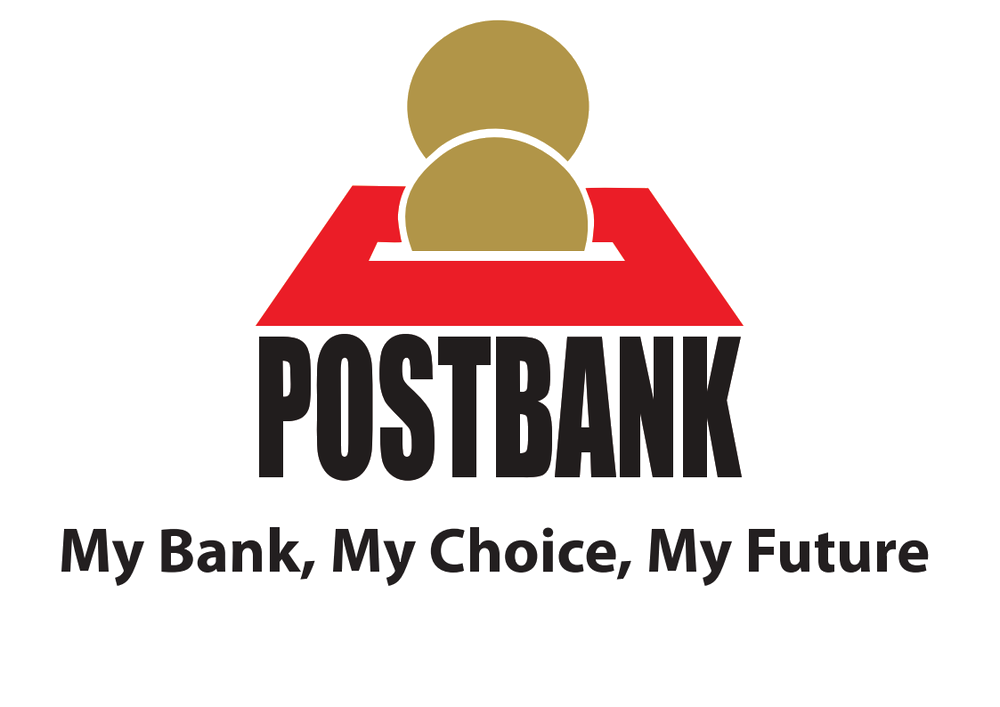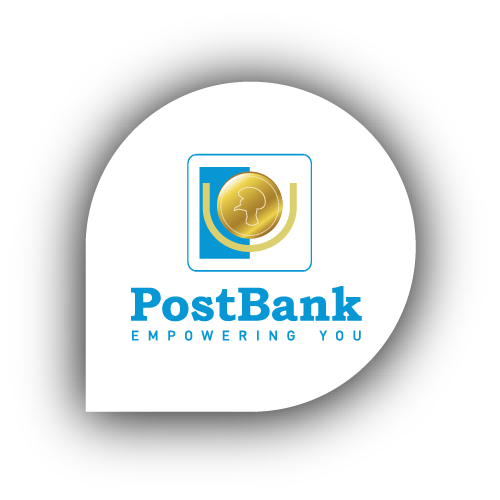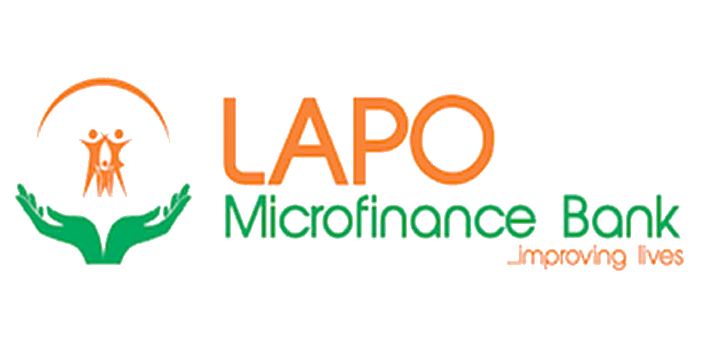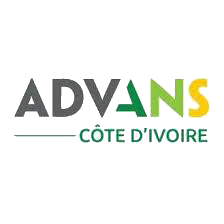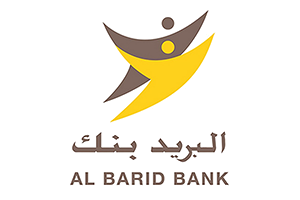Scale2Save Campaign
Micro savings, maximum impact.
WSBI's Scale2Save programme programme released today two new learning papers that explore pricing around agency banking. Written by Scale2Save Local Technical Specialist Kimathi Githachuri, the papers cover two specific areas of agent banking: pricing and technology costs.
Agency banking pricing: Decisions along evolution
The first paper, titled Agency Banking Pricing: Decisions along evolution focuses on how pricing strategies have been applied by banks in trying to create viable agency banking services in West Africa, and to what extent distribution management plays a core value proposition for customers. The analysis contained in this paper helps frame some of the debate swirling on social media during past year on digital financial services (DFS) channels in Kenya – the birthplace of the hugely popular M-PESA mobile money service.
The paper includes a case study on FCMB Nigeria, a top-tier retail bank. The study delves into FCMB’s ‘EasyClub’ for farmers in the north of the country. The paper also explores EasyClub pricing strategies to motivate deeper agent network distribution, which remains crucial to greater access and use by farmers.
Across the different geographies, from the east to the west of Africa, it is evident some common pricing strategies could potentially be employed, with of course variations to suit the local conditions. A set of learnings provided, if applied, may help shape strategic design, particularly at the beginning of the agency banking network roll out. One finding explains that customers would rather pay for trustworthy services readily available and reliable to them. They will shun cheaper service with lower distribution footprint or less reliability.
Agency Banking Pricing: Boon or bummer
The second paper, titled Agency Banking Technology: Boon or bummer, looks at how technology application has proven to be the challenge that has served both as a boost and a bummer, in equal measure, during the financial inclusion journey of the last 10 years.
To explain both, the paper provides a case study on microfinance institution Advans in Ivory Coast to argue that it may be possible, and in fact quite common, not to find a technology solution that fits a local situation. An institution’s existing technology service providers, which have already acquired client knowledge, may have know-how on agency and/or digital banking solutions. That said, the author advises banks to look first at the greater service provider market to find out if a workable solution exists that can potentially be tailored to an instiution’s situation, meanwhile avoiding being a “Guinea pig” for a service provider.
Another finding shows cost of acquiring technology solutions invariably affects throughput price of service to customers, as the institution may want to recover whole or parts of the associated costs of the technology. That means ensuring the pricing structure agreed upon factors this in. Githachuri also notes the value in seriously considering shared agency banking solutions instead of cost duplications on a solution. Easily shared bilaterally or between multiple financial institutions to not only share initial costs, but also distributing future development costs.
Scale2Save
13/10/2023
Savings and Retail Banking in Africa 2022 WSBI survey of Financial Inclusion for micro, small and medium-sized enterprises (MSMEs)
The Savings and Retail Banking in Africa report aims to help improve access to financial services for financially
25/09/2023
WSBI as a catalyst for unlocking the potential of female entrepreneurs
13 October 2023, 9.30am-12pm Hôtel Du Golf Rotana Palmeraie, Marrakech I Morocco
18/09/2023
WSBI’s MD Peter Simon opens the G20 side event panel “Gender equity and SME financing in a digital landscape” at the SME Finance Forum in Mumbai
The World Savings Bank Institute (WSBI-ESBG), with the substantial support of its Indian member, the State Bank of India
01/03/2023
The State of Savings and Retail Banking in Africa
The WSBI has conducted two research reports tracking the progress of retail and savings banks in their financial inclusion efforts across Africa (2018, 2019).
22/02/2023
Driving Formal Savings: What Works for Low-Income Women?
While financial inclusion is expanding globally, the gender gap in access to financial services and products persists
19/12/2022
What a journey it has been!
Between 2016 and 2022 Scale2Save financially included more than 1.3 million women, young people and farmers in Kenya, Uganda, Nigeria, Morocco, Senegal and
14/12/2022
The financial diaries revealed useful insights into young people’s savings, spending and income behavior
It examines their experience in respect to financial inclusion, support structures and opportunities for young entrepreneurs
09/12/2022
The Power of Community-Based Organizations to Mobilize Farmers’ Savings
In Ivory Coast, the world’s largest cocoa producer, cocoa is harvested twice a year, in May-June and in October-December. Between seasons, most smallholder farmers do not generate revenue
15/11/2022
How Can Small Scale Savings Be Offered Sustainably?
Learnings from the Scale2Save Program on successful business and institutional models
15/11/2022
Application of CGAP Customer Outcomes Framework in Uganda
This case study by WSBI's Scale2Save programme applied the CGAP customer outcome indicator framework to test the impact of a new basic savings product positioned in the financial inclusion market and…

















